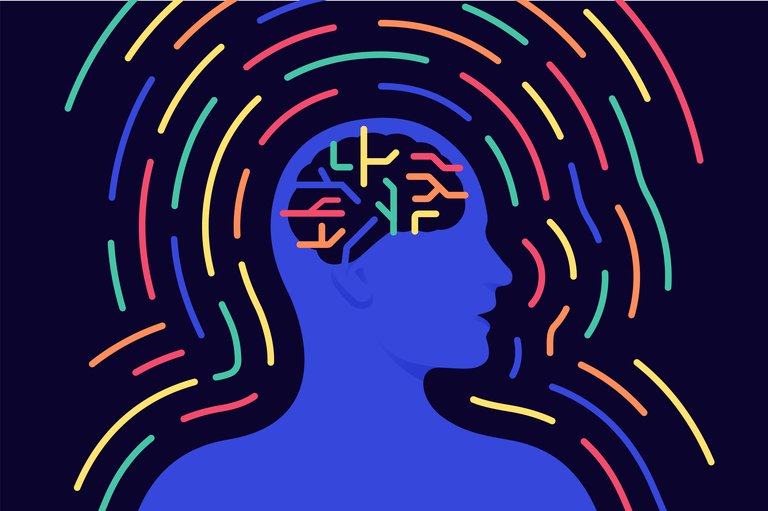They've identified a network that integrates thought and body into the brain.

Researchers at the University of Washington have discovered unknown networks of brain motor areas, i.e., areas dealing with movement, studied by functional magnetic resonance imaging. These networks connect areas and motor areas related to thinking and planning with some non-voluntary functions (heartbeat, blood pressure, digestion, breathing) and are the essence of the close relationship between thought and body.
This integration would explain, for example, why anxious people tend to move from one side to the other, or why physical exercise favors mental health.
The newly discovered network has been called SCAN (somotan -cognitive action network) and published in open research in the journal Nature. It is explained that the starting point of the research was the map that Penfield and his colleagues made in the early 1930s. The map determined the area of the brain that controlled the movement of each part of the body by electrostimulation. Also called Penfield's homunculus, it has become the foundation of neuroscience studies.
Map of Penfield renovated
To check the map, researchers have used functional magnetic resonance imaging (fMRI). First, detailed maps of seven volunteers have been made, both at rest and in active employment. Subsequently, they are compared to those collected in the huge public databases of fMRI: the Human Connectome Project, the Study of Adolescent Cognitive Development and the Biobank of the United Kingdom. In total, with data from about 50,000 people.
So they saw that the map of Penfield wasn't quite right. The motor areas of the feet, hands and face were correctly identified, but along these three areas there were three others. These three had nothing to do with movement, apparently, although they were in the motor area. In addition, they were areas thinner than motor areas and were closely related to each other and to areas related to other functions, in particular with abstract functions (thinking, planning, pain) and non-voluntary functions (organ control, blood pressure, heartbeat).
Based on this, the SCAN network has been identified. They've also done this in children's brains: in the newborn's brain, it's not detected, in a one-year-old child, it's like a 9-year-old. You've seen it also appear in macaques, but it's weaker than in humans.
According to researchers, the extension of SCAN areas in humans may indicate that it is important in complex human actions, such as talking, coordinating breathing, or integrating the movement of the hand, body, and eyes to use the instruments. They suggest that it is also essential to prevent lesions and maintain allostasis.
Research opens a new way to analyze and understand the relationship between body and thought.
--> To learn more about the relationship between body and thought: We are also body
Buletina
Bidali zure helbide elektronikoa eta jaso asteroko buletina zure sarrera-ontzian











